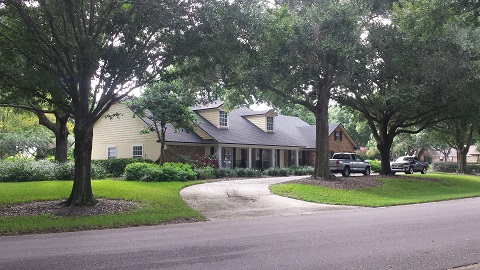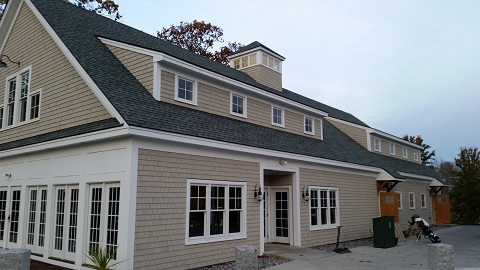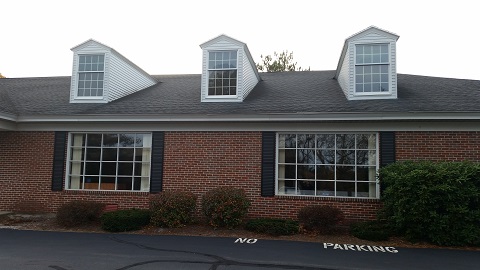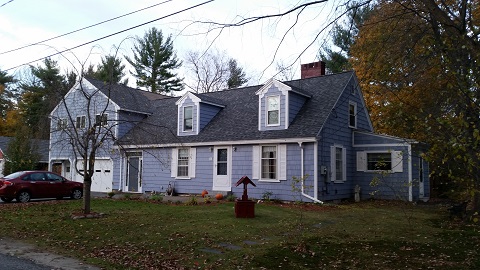Are dormers a prevalent component of building construction in your area? If they are, are they real dormers or faux-dormers? Knowing the answer to this question is critical because they act very differently during fire situations and have totally different tactical priorities.
The presence of real dormers indicates a potentially occupied area of the structure. This area absolutely needs to be searched for potential victims. This upper floor of the structure will typically contain bedrooms, which should be very high on your search priority list. The other question that needs to be answered in this scenario is whether or not the structure is balloon frame construction as well. That certainly adds to the need to search this area immediately with an effort to open it up looking for fire that has traveled to the top floor. Finally, real dormers frequently have knee walls that can hide a tremendous amount of fire that can catch us off guard if we are not extremely familiar with the intricacies of this construction style.
Faux dormers have a totally different set of tactical concerns. Faux dormers are installed on homes to make the roof line more “interesting” and make the house look more grand. Frequently these faux dormers are built on top of the actual roof and have sheeting underneath and don’t even open into the actual attic space.
Know your area! Take the time to look around and be familiar with the construction styles found in your first due. Look for the tell tale signs of real dormers: steep roof pitch and windows in the gable ends. Smoke issuing from a real dormer potentially indicates a fire in an occupied area of the building that typically contains bedrooms. This situation requires an immediate search for life. Smoke issuing from a faux dormer potentially indicates an fire in an unoccupied area of the structure, the attic. This presents a much different situation, but it requires an immediate search for fire.
Building construction can have a dramatic impact on fire and smoke travel in a structure. We must know how two things that look so similar can behave so differently during fire conditions.





Question, would these faux windows be easy to suspect by an unoccupied space versus an occupied space if they had opening windows? I never got to look up close at faux windows to notice if they could open from the inside as a form of possible egress.